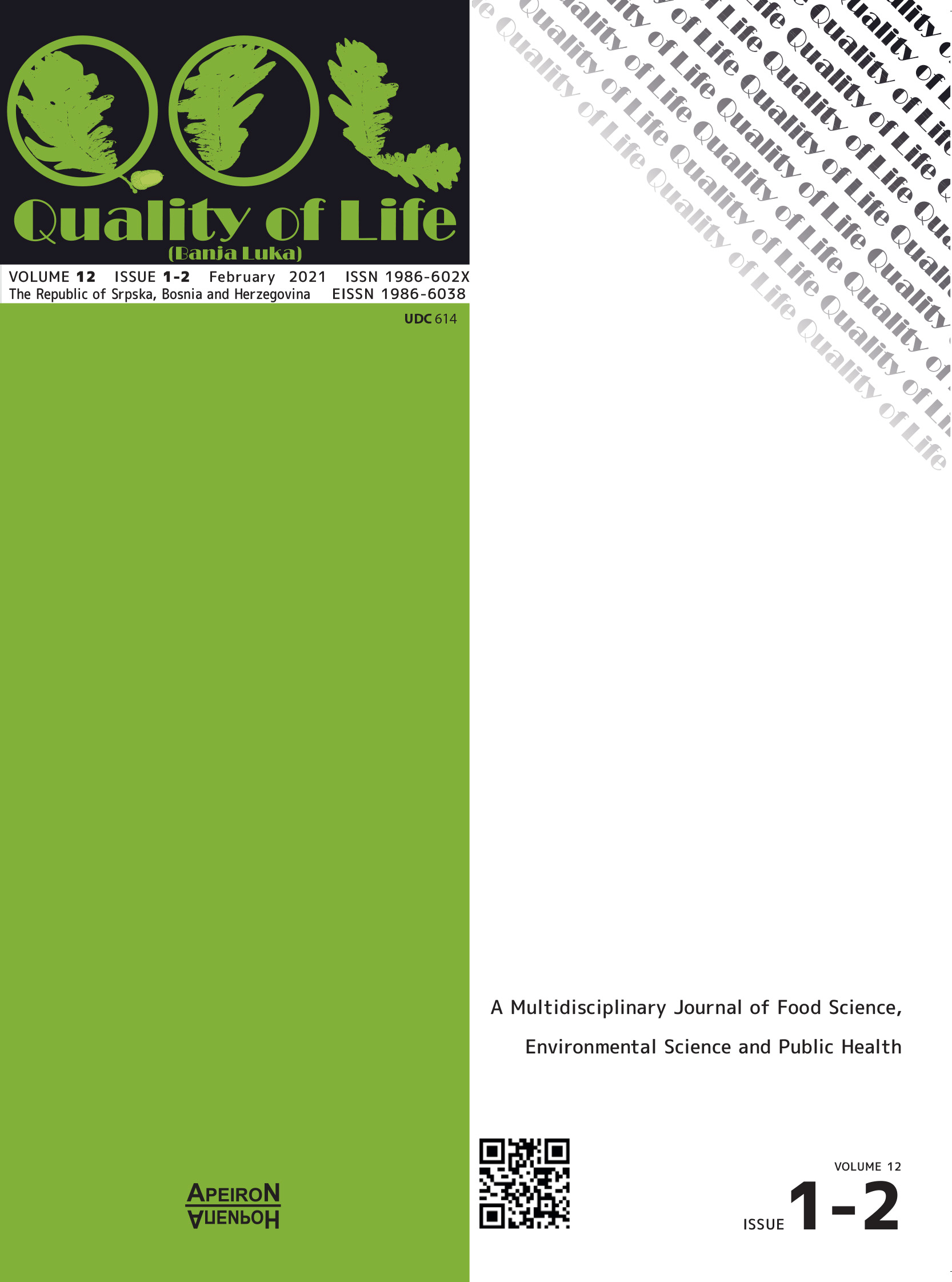Microplastic pollution: Sources, fate, impacts and research gaps
DOI:
https://doi.org/10.7251/QOL2101039HAbstract
The occurrence of microplastics into the ecosystem has become and eminent threat for the environment as well as gets extensive attention in recent times. Microplastic existence has severely affected lakes, rivers, oceans, coastal zones, and even polar zones biome. Microplastics (primary microplastics) mostly come from used products and by shattering of larger fragments. Through runoff, the microplastic enters into either aquatic or terrestrial environment where it can cause the devastating impacts not only to that ecosystem but also to the humans. Several studies professed that microplastics have a significant impact on marine and terrestrial communities. Microplastic particles are widespread in India, Asia, Southeast Asia, North America, Africa, South Africa, and Europe. The microplastic source and global distribution in the ecosystem, their effects on marine organisms, particularly in the food chain are illustrated in this review. Finding the principal sources of microplastic into the environment and raising the awareness among communities can significantly reduce the extent of microplastics pollution in the environment. This review article is an effort to create understanding about the microplastics pollution, sources and effects on environment. All the possible environmental friendly remediation strategies like bioremediation are also discussed in this article.
